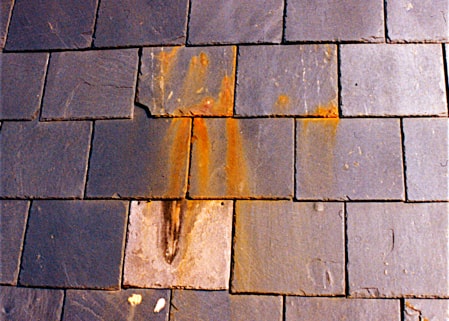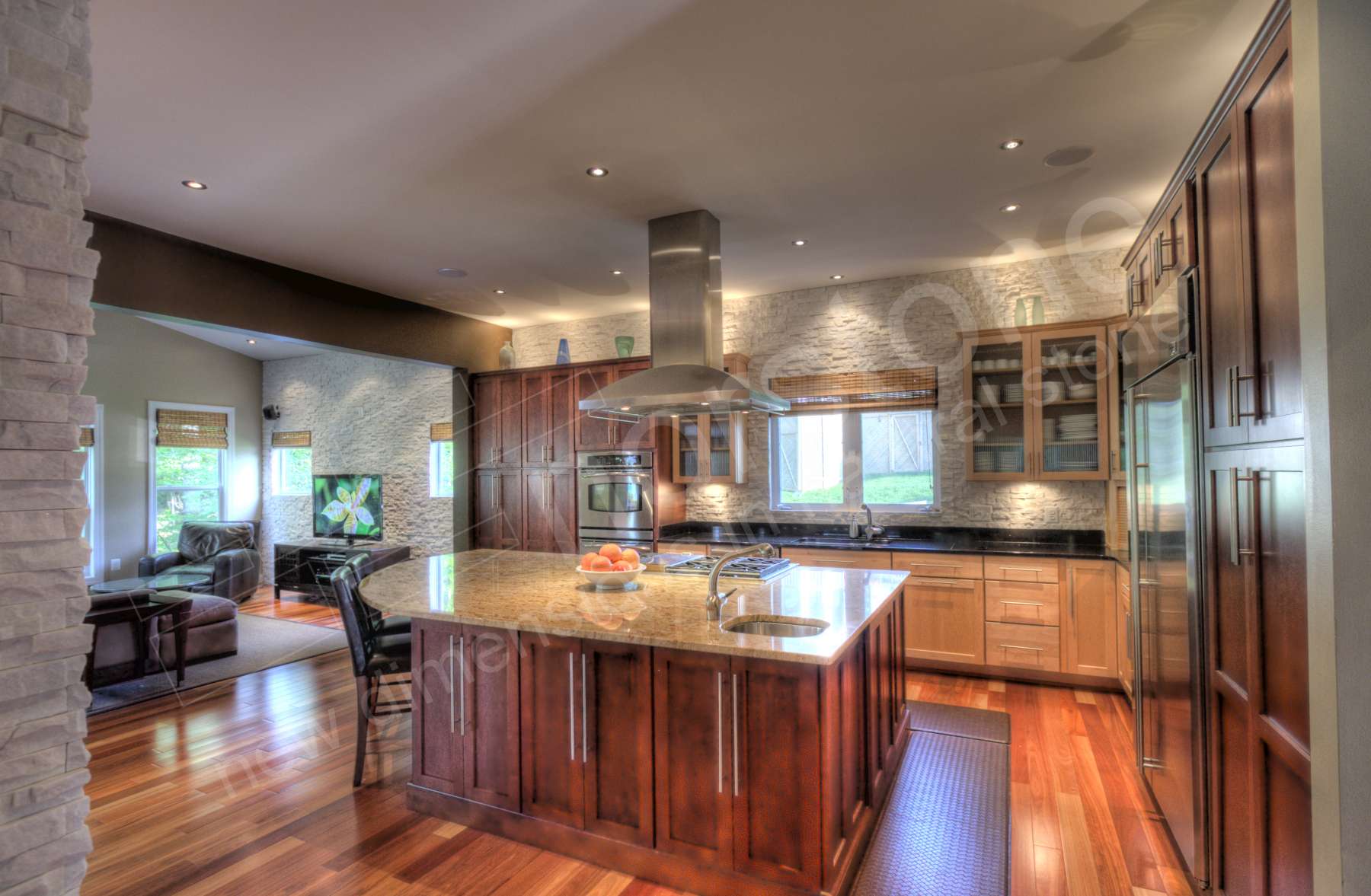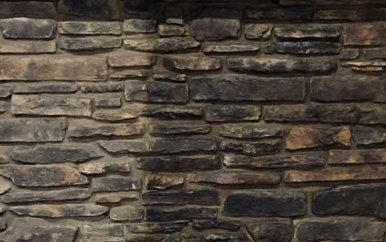The Importance of Sealing Natural Stone Veneer
To seal or not to seal, that is the question. While our clients are rarely that philosophical, this is undoubtedly a question that comes up a lot when working with stacked stone tiles and in many instances is an often overlooked step in a successful installation. While most professional installers should have the knowledge to know when to seal or not seal an installation, many Do It Yourself homeowners that tackle natural stone veneer installations might get to the end and forget to see if this important step is necessary for their project. So when should a natural stone veneer job be sealed and why is it so important? Let’s dive in and learn all about sealing natural stone veneer!

For our natural stone veneer and basalt interlocking tile products we recommend that most exterior projects and all applications in a “moisture rich environment” such as a pool, water feature,or even an indoor shower wall as seen in the photo above be sealed. Exterior applications need to be sealed based on the type of stone being used and the level of exposure to moisture. A natural stone product made entirely or in part from slate, which can have high iron content and be susceptible to rust in exterior or wet applications, should most definitely be sealed if used on an exterior or wet application. That same material, if used in a patio feature wall where its unlikely ever to see wind driven rain or other moisture wouldn’t need to be sealed. When in doubt give one of our reps a call – we’re knowledgeable not only in our products, but in most types of stone veneer and can offer assistance.

Sealing natural stone veneer and tile serves two main purposes, preventing or greatly reducing any discoloration on the face of the stone and making the stone easier to clean. From a discoloration standpoint, certain types of stone can rust like we see in the photo above showing slate tiles that have oxidized, show mineral streaking, and perhaps most commonly exhibit efflorescence on the surface of the stone. Sealing the stone isn’t a 100% guarantee that these naturally occurring processes won’t happen, but its the best defense available, and when used in conjunction with the correct installation practices and materials, and a well designed project that effectively moves water away from a stone veneer installation, offers a comprehensive layer of protection. Sealing the stone also makes what does get on the surface much easier to clean. Spilled a little red sauce on your white rock panel backsplash getting dinner ready? If the stone is sealed clean up should be as easy as simple wipe down with a wet cloth or sponge.

While, there are many different types of sealer on the market to choose from, we recommend water based, penetrating sealers for our line of natural stone veneer and tile products. Water based vs solvent based is an important distinction because most professionals and non professionals alike find water based products easier to apply than solvent based. The penetrating aspect of a sealer is equally as important, as penetrating sealers are designed to be absorbed into the stone, whereas a surface type of coating sealer is designed to bond to the surface. Penetrating sealers provide superior levels of moisture transmission through the surface of the stone, a very important part of any exterior or moisture rich installation, and also offer very little in the way of color enrichment or surface sheen which many coating sealers will create.

Before getting started on any natural stone sealing project, be sure to test your selected sealer on a sample or left over off cut of the stone or tile before applying it to the entire project. As seen in the photo above, a sealer can really change the way a stone looks. Buying your sealer from a reputable local tile and stone shop is a good idea because many times they’ll have small manufacturer’s samples of the sealers to test out on your stone or tile to make sure its having the desired effect, something you won’t get at the big box stores or online. Always follow the sealer manufacturer’s instructions for applying the product, and remember a good rule of thumb when applying sealer to natural stone is that multiple light coats are preferred to fewer heavier coats and will result in a better looking seal.
Sealing is one of those things that looks pretty easy to do, and in reality actually is a fairly simple step in the grand scheme of any natural stone veneer or tile installation, IF you’re using the right product for the right type of project and applying it correctly. Expert advice, whether its from an article like this, the manufacturer of your stone product, or one of our super knowledgeable technical staff at Norstone, is worth seeking out as you’re getting started with this phase of your project. To go back and ponder our philosophical question – To Seal or Not To Seal – I think the answer is most definitely a YES. Seal your stone applications, spending a little time and money at the start to protect your investment and make owning natural stone easier and more enjoyable.
.png)



